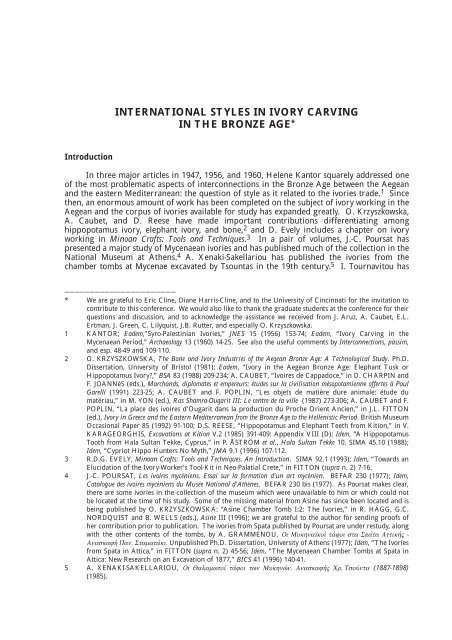

historian Sima Qian, spoke of cowries, tortoise shells, coins, gold, spades, and knives all used as mediums of exchange for a long time prior to the unification of the country.

Bronze, 69.24 g (ANS 1937.179.19477, gift of Frances Reilly).Ĭhinese tradition, expressed by the 1st century B.C. After the Romans started to mint bronze coins, inflation took place as a result of successive weight debasements while units of accounts were kept the same.Ĭhina. Modern scholars do not give much credence to Pliny’s account in general, but he was essentially correct in stating that ingots and bars preceded coins. Etruscan king of Rome, the initial decision to mark bars of bronze in order to establish an official standard, long before actual coins were minted. Pliny the Elder attributed to Servius Tullius, the 6th century B.C. Bronze, 137.2 g (ANS 0000.999.566).Īs in other regions of the ancient Mediterranean world, the earlier forms of money used by the Italians (including the Romans) were weighed bars of bronze, following several standards used in different regions. Cast monetary ingot (= aes rude in Latin), c.

Gold, silver and bronze were mostly used. Metallic artifacts in the form of bars, bracelets, and other objects, allowed users to store value and avoid the need for barter. Throughout Europe, Asia, Africa, and the Americas, various metal objects assumed privileged roles as mediums of value and exchange based upon their weight. We are used to considering money as a stamped object, whether minted or printed, where often a number displayed on the object indicates its exchange value.


 0 kommentar(er)
0 kommentar(er)
